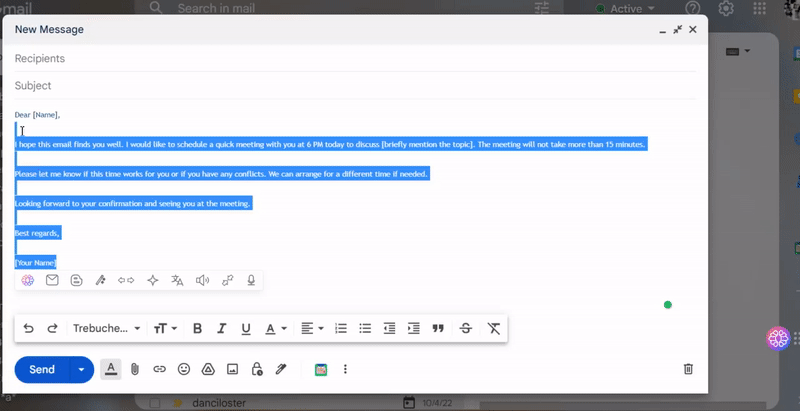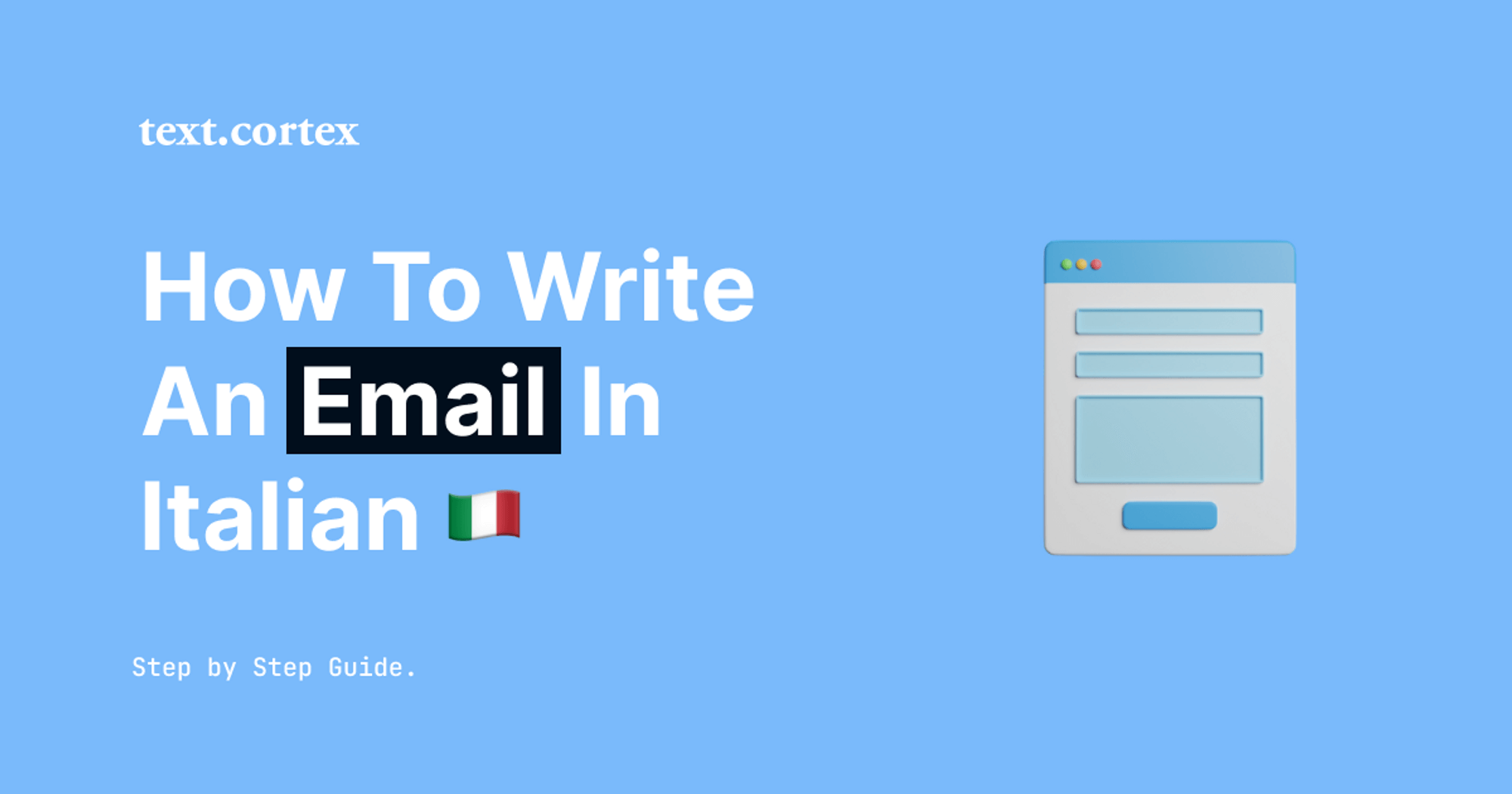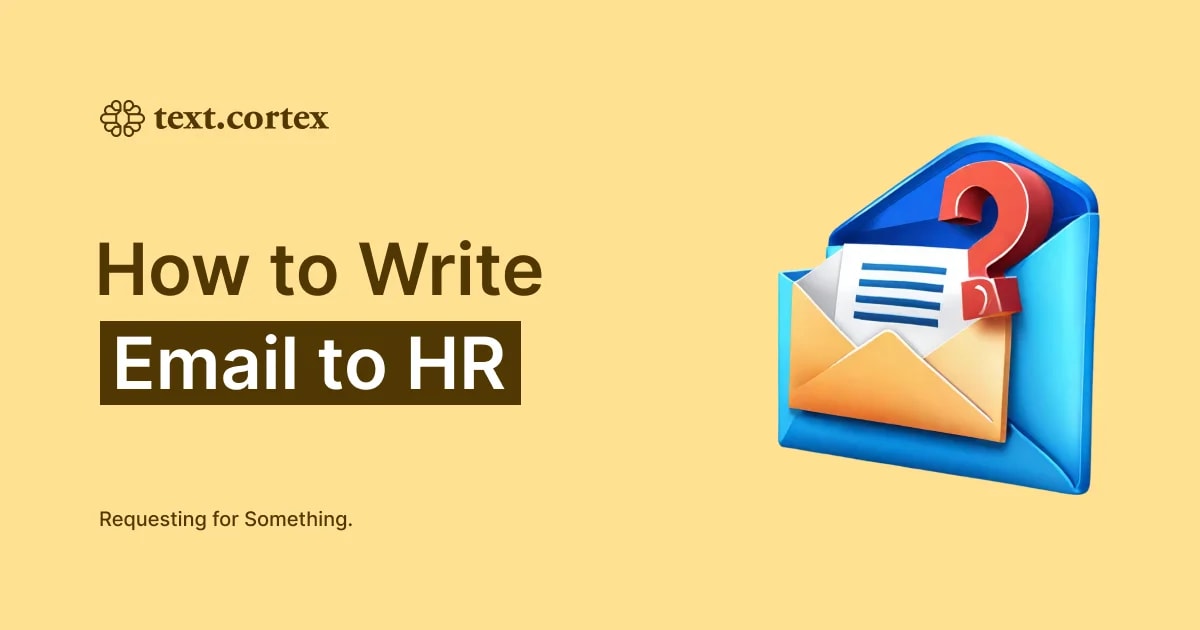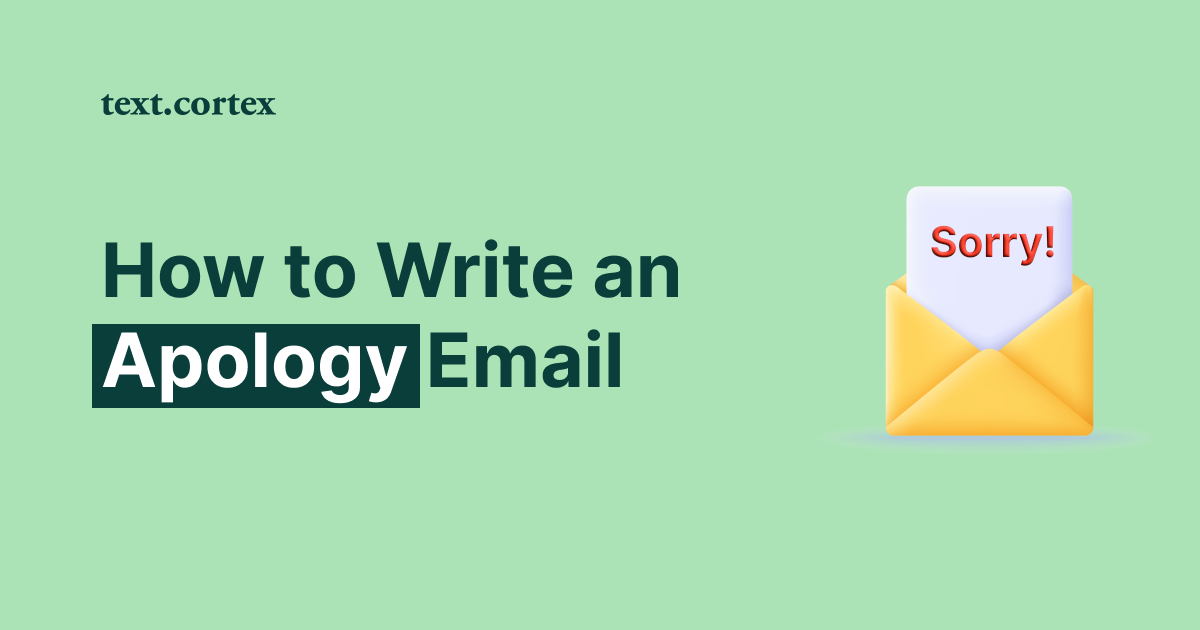Even for those who are fluent in the language, sending an email in Italian can be difficult.
Nonetheless, learning how to effectively compose an email in Italian is a skill you can use in various situations, including when interacting with Italian clients, coworkers, and friends.
Improving your professional and personal connections through clear and concise email writing in Italian is a great goal to strive for.
This article will teach you some tried-and-true methods for composing efficient emails in Italian.
We'll go over the fundamentals of an email, from the greeting to the conclusion, and give you some useful words and phrases to put into practice.
Using these guidelines, you'll be able to confidently write an email in Italian while strengthening your communication abilities and your relationships in the process.
Let’s dive in!
How to Write an Email in Italian — Essential Components, Templates and Useful Phrases
Emails, whether informal or addressed to a superior, follow the same basic structure in terms of what must be included to be considered complete, regardless of the language used.
As such, we'll only briefly cover the essential components you must incorporate when writing them.
To ensure that your emails have the maximum impact, we will not only provide a template for each but also provide you with the most common Italian phrases to use in each section.
1. The Opening — Greeting and Introduction
The first line of every email should contain a greeting (Mr., Mrs., Hello, Good afternoon, etc.) and an introduction.
Your current relationship status will determine the nature of the introduction.
If you are writing an email to a potential client versus a colleague, you probably won't start off with the same greeting.
The Email Opening Template
Dear [Recipient's Name],
I hope this email finds you well.
[Include a brief sentence or two that shows you've taken the time to consider the recipient and their situation, such as a reference to a recent event, a shared interest, or an accomplishment].
Common Phrases to Use for Introduction
Who you address and how will vary with your relationship with them.
For instance, use "Gentile" (Dear) followed by the recipient's title and last name in an official email or when you don't know the person very well (e.g., Gentile Professore Rossi).
Use "Ciao" (Hi) followed by their first name if you are already familiar.
Here are some phrases to easily start with the introduction in your emails:
1. Business Emails
“Egregio/Egregia [Name]” (Dear [Name])
“Buongiorno [Name]” (Good morning [Name])
“Buonasera [Name]” (Good evening [Name])
"Mi presento, sono.." (Let me introduce myself, I am..)
"Sono il responsabile del dipartimento" (I am the department head)
2. Informal Emails
“Ciao [Name]” (Hi [Name])
“Caro/Cara [Name]” (Dear [Name])
“Salve [Name]” (Hello [Name])
"Ti ricordi di me?" (Do you remember me?)
"Mi sono divertito/a alla festa di sabato" (I had fun at the party on Saturday)
2. The Body — Main Message and Supporting Details
The second and most critical part of an email is the vehicle through which your message and all its supporting details travel.
If you want to be taken seriously, this is where you should include a summary of all the key points you plan to make in your message.
Also, remember to use the right tone and include all relevant information to communicate your message appropriately.
The Email Body Template
I am writing to [state the reason for the email and what you hope to achieve or offer].
[Include a sentence or two that explains why you are contacting this specific person or organization and what you can offer them].
[If appropriate, include a sentence or two that acknowledges any previous contact or relationship you have with the recipient].
[If necessary, include a brief introduction of yourself or your company and what you do].
Common Phrases to Use for the Body Of Business Emails
The text of your business emails will feature a variety of phrases, each of which is appropriate for a specific function.
We've included the 3 most frequent usage scenarios and phrases below.
1. Requesting Information
"Potrebbe gentilmente fornirmi maggiori informazioni riguardo a" (Could you kindly provide me with more information regarding)
"Mi piacerebbe avere maggiori dettagli sulla questione" (I would like to have more details about the matter)
2. Offering Assistance
"Sono a disposizione per qualsiasi chiarimento" (I am available for any clarification)
"Se ha bisogno di assistenza, non esiti a contattarmi" (If you need assistance, do not hesitate to contact me)
3. Arranging a Meeting
"Potrebbe gentilmente indicarmi la sua disponibilità per un incontro" (Could you kindly let me know your availability for a meeting)
"Sarebbe possibile fissare un appuntamento per discutere di" (Would it be possible to schedule a meeting to discuss)
Common Phrases to Use for the Body In Informal Emails
The benefit of informal emails is that they don't necessitate a high level of formal conversational language. On the contrary, you can be casual.
The following are some of the most frequently used Italian phrases in the body of informal emails:
“Come stai?” - How are you?
“Spero che tutto vada bene.“ (I hope everything is going well.)
“Ti volevo scrivere per [reason].“ (I wanted to write to you about [reason].)
“Volevo chiederti se [question].“ (I wanted to ask you if [question].)
“Ho appena letto il tuo messaggio e volevo risponderti subito.“ (I just read your message and wanted to reply right away.)
3. The Closing — Closing Remarks and Farewell
The final sentence of an email is where you show appreciation for the recipient's time in reading your message.
An effective email always ends with a call to action that prompts the reader to take the desired action.
The Email Closing Template
Thank you for taking the time to read my email. I look forward to hearing from you soon.
Best regards,
[Your Name]
Common Phrases to Use or to Close the Email
Here are the top phrases to use when concluding emails, depending on whether you are writing a closing for a business or a casual email.
1. Business Emails
"Resto a disposizione per eventuali chiarimenti" (I remain available for any further clarification)
"La ringrazio per la sua disponibilità" (Thank you for your availability)
"In attesa di una sua gentile risposta" (Looking forward to your kind reply)
2. Informal Emails
"Ci sentiamo presto" (Talk to you soon)
"A presto" (See you soon)
“Grazie mille per il tuo aiuto.“ (Thank you so much for your help.)
“Sarebbe bello vederci presto.“ (It would be nice to see each other soon.)
“Non vedo l'ora di sentirti di nuovo.“ (I can't wait to hear from you again.)
How to Avoid Common Mistakes and Pitfalls When Writing Email in Italian?
When writing an email in Italian, it's crucial to steer clear of typical pitfalls that could compromise the readability and effectiveness of your message.
If you want to send an email in Italian but want to avoid making the most common mistakes, here are some suggestions to consider when crafting them:
📌Check your spelling and grammar — Proofread it thoroughly for mistakes in grammar and spelling. You should use a spell checker and grammar checker to help you find and fix any errors.
📌Avoid using English words and phrases — In the hands of someone who doesn't have a strong grasp of English, this could lead to all sorts of miscommunication and misunderstanding.
📌Don't use slang or overly informal language — When communicating via email, it's best to avoid using slang or language that's too casual.
📌Use the correct tone — Before hitting "send," give some thought to the email's tone and see that it fits the situation and your relationship with the recipient.
📌Be clear and concise — Don't confuse your reader with overly-long sentences and flowery writing style. Make sure your message is easy to understand by using straightforward language.
Is there an easier way to write an email in Italian?
Well, there are no shortcuts when it comes to learning a new language - it takes time, effort, and commitment.
However, there is good news. Using artificial intelligence (AI) writing tools, you can write emails in any language without even knowing a word of it.
Let’s find out how to do that.
How to Write Email in Italian With TextCortex add-on?
TextCortex is a writing solution powered by AI that improves its models' accuracy through machine learning and a large data library.
By letting you rewrite, generate, and edit content, it can offer assistance with writing in more than 10 languages, including French, German, Romanian, Portuguese, and more.
TextCortex Features
You can rewrite, expand, summarize, change the tone, convert bullets to email, and more with the help of the TextCortex add-on’s basic rewriting features.
Although English is the program's default language, you can change it to Italian by changing the default language output in the creator's suite window or rewriting windows' bottom section.
The great thing about the TextCortex add-on is that even if you select a different language as the default output, you can still communicate with it in English.
To start using it, highlight the text you wish to tweak and choose the desired option for your changes.

Additionally, the Creator Suite, which has over 60 AI templates for various content formats organized into categories, is available for you within the TextCortex add-on.
Here, you can choose the kind of content you need (such as headings for blog posts, product descriptions, or ad titles) and fill it out (using, for example, keywords) to get the results you want.
The TextCortex extension also provides you with access to more advanced and useful writing tools, such as:
🤖 Readability checker—assess content readability.
🤖 Zeno Chat—Chat with TextCortex AI writers.
🤖 Zeno mode—TextCortex writes almost anything from your random thoughts.
🤖 Content brainstorming—press CTRL+SHIFT+K on your keyboard.
How to Start Using It?
✔️ Add Chrome extension to your browser.
✔️ Create an account (no credit card info is required).
✔️ Use 10 free daily creations to explore TextCortex’s features.
✔️ If you are satisfied, upgrade to one of the 2 budget-friendly premium plans.
Moreover, TextCortex is compatible with most online platforms, including Hemingway, Google Docs, Gmail, LinkedIn, Facebook, etc.
Tempted to give it a try?
Claim your forever-free plan today and start generating more than just your emails in your favorite language starting today!



.png)
